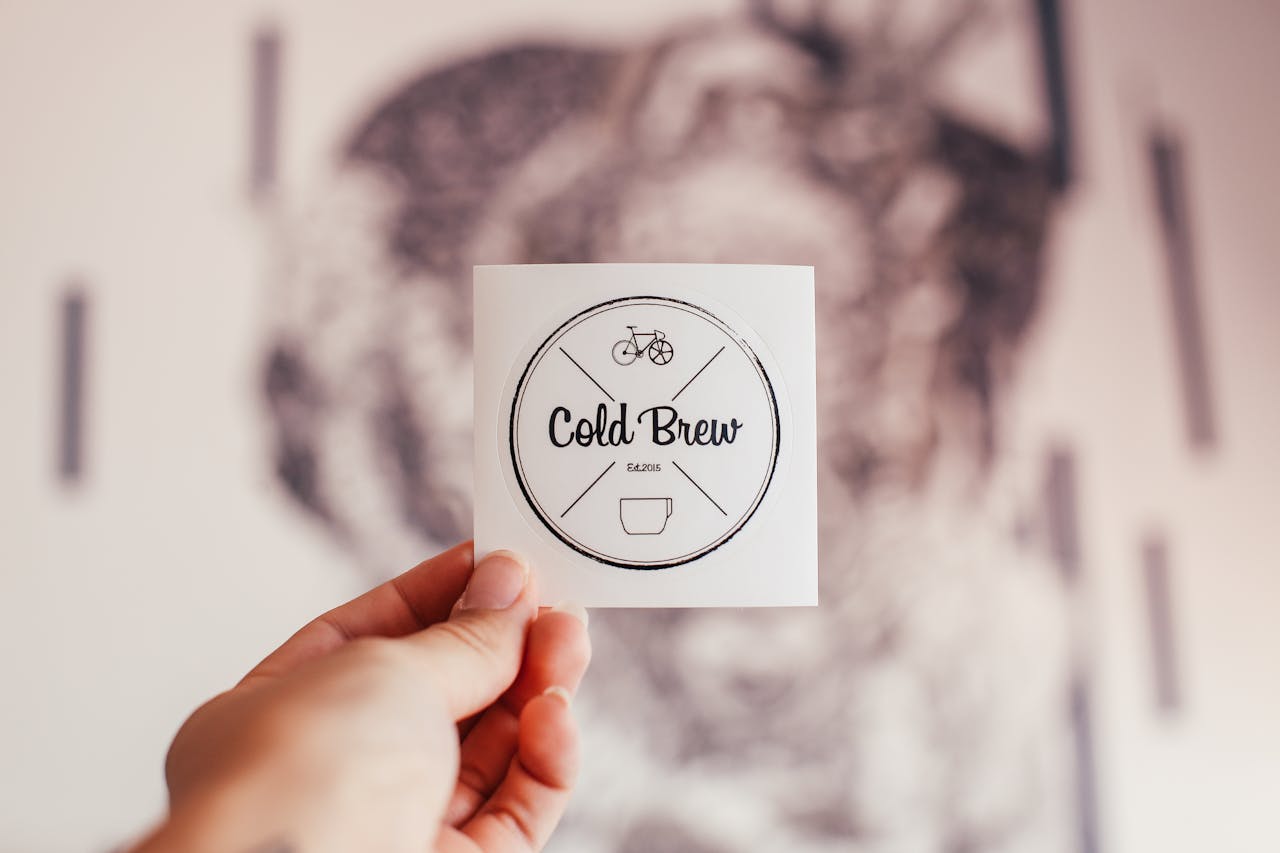In an age where digital communication reigns supreme, print marketing may seem like a relic of a bygone era. And yet, as the marketing landscape becomes increasingly saturated with digital noise, a curious phenomenon is taking shape—a renewed interest in print media.
With advancements in technology, digital graphic printing allows for vibrant, high-quality designs that enhance the tactile experience of printed materials, reaffirming print’s timeless allure in the modern marketing landscape.
There’s an allure to the tactile nature of print, a certain permanence and tangibility that digital simply cannot replicate. In this detailed exploration, we’re peeling back the layers to uncover why print marketing materials are not only relevant today but are also experiencing a subtle resurgence among savvy marketing professionals.
The Power of Tangibility in an Intangible World
The digital world is ephemeral. Information comes and goes with the swipes and scrolls of a screen, leaving little behind. Contrast this with print—a leaflet, brochure, or poster that can be touched, held, and kept. The sensory experience of a physical marketing material can create a more profound and lasting impression. Its tangibility allows for a pause, for reflection, for ownership in the most literal sense.
Consider the weight that a beautifully designed business card can carry versus a Twitter handle exchanged in a fleeting conversation. Print is a declaration of permanence, a sign that your brand is not just another pixel in the vast digital landscape. Print marketing, when crafted thoughtfully, becomes a conduit for emotional connection—a critical element often lacking in the digital sphere.
The Psychological Impact of Printed Media
Print materials engage more of our senses, from the feel of the paper to the smell of the ink. These sensory elements tap into a deeper level of brand immersion, triggering more substantial engagement and recall. Additionally, grounded in psychological principles, the tactile nature of print fosters a sense of credibility and trust.
People are more likely to believe and act upon the information presented in print since print is often associated with more permanent records, such as books or newspapers, in which we place higher value and trust.
Furthermore, research in neuromarketing shows that the physical act of reading on paper can create a deeper level of emotional processing compared to digital reading. This translates into stronger brand associations and memories. In a world where attention is the most precious commodity, print’s ability to captivate and linger in the mind is a formidable asset.
Print’s Place in an Integrated Marketing Strategy
Print marketing is not about rejecting the digital. It’s about recognizing that the most effective marketing strategies are often those that integrate both digital and traditional channels. An integrated marketing approach acknowledges that certain messages are best delivered through print, while others excel in the digital space.
For instance, high-quality print materials like brochures or magazines are perfect for telling a brand’s story, presenting detailed product information, and leaving behind a tangible reminder. Meanwhile, digital platforms facilitate real-time interaction, sharing, and viral marketing.
When these efforts combine, they create a cohesive and powerful strategy that maximises reach, enhances customer experience, and ultimately drives results.
Print’s Environmental Impact and Sustainability
The environmental footprint of print marketing is an often-cited concern, and rightly so. However, it’s crucial to consider that responsible print practices, such as using recycled paper and eco-friendly inks, can mitigate these worries. Additionally, the lifespan of print materials—often longer than their digital counterparts—can balance out the environmental impact.
In marketing, sustainability goes beyond environmental impact—it’s also about creating enduring campaigns that do not fade into digital obscurity. Critically evaluating when and why to deploy print marketing is key to a sustainable marketing strategy.
The Metrics of Success for Print — Are They Measurable?
One of the challenges with print marketing is quantifying its impact. Unlike digital, print doesn’t offer the same immediacy of data. However, that doesn’t mean its effectiveness cannot be measured.
Unique URLs and QR codes on print materials can track traffic to digital platforms. Customer surveys can assess brand recall and purchasing intent following engagement with print materials. In this way, print marketing ROI can be captured, albeit through different metrics and with a different time frame than digital strategies.
Pioneering Examples of Brands Leveraging Print
Multiple brands have recently found innovative ways to leverage print to great effect. From Airbnb’s ‘Pineapple Magazine‘ celebrating community stories to Patagonia’s ‘DamNation’ film and book project raising awareness about dam removal and the restoration of America’s rivers, we see that print marketing can create a meaningful, shareable, and long-lasting impact.
Integrating Technology Into Print for the Modern Consumer
Print, far from being a Luddite method, can be infused with modern technology to create a seamless bridge between physical and digital—augmented reality apps that bring static print to life, NFC chips that trigger digital content from a business card, or even QR codes that enable instant website visits. This integration unlocks the interactive and measurable potential of print while maintaining its core strengths.
The Future of Print in Marketing
Looking ahead, the future of print in marketing is not about its dominance over digital but its coexistence, and its complementary role in an integrated omnichannel strategy. The medium’s unique ability to engage on a sensory level, foster trust, and leave behind a tangible connection point ensures that, in some form or another, print marketing materials will endure.
In conclusion, the resurgence of print in marketing is a testament to the medium’s adaptability and enduring appeal. To dismiss print in favour of a strictly digital approach is to overlook the rich, nuanced, and effective engagement that print can offer.
When crafted mindfully and integrated strategically, print marketing materials have the power to cut through the clutter, forge emotional connections, and resonate with audiences in ways that purely digital strategies cannot. It’s an exciting time for print, and for marketers willing to explore its potential, the opportunities are as vast as the digital horizons.

